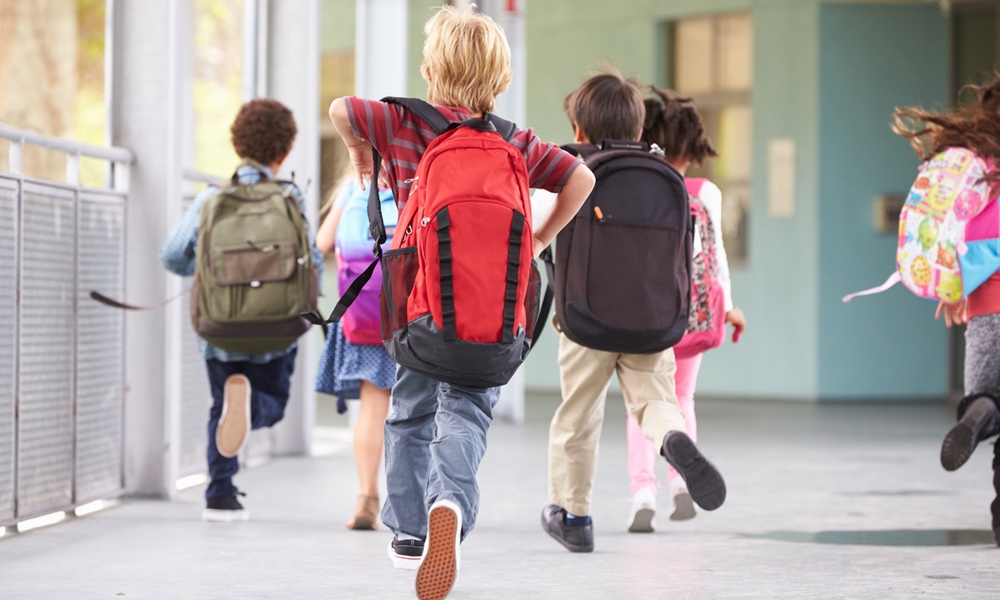Back-to-school plans are a little different this year. Parents and educators are trying to figure out how to safely open schools in the midst of an ongoing pandemic. They are torn between the educational and social value of in-person teaching and the risk that even one child carrying the novel coronavirus that causes COVID-19 could infect many others.
According to a recent editorial in the New England Journal of Medicine, we should make reopening schools this fall — especially primary schools — one of our highest national priorities.
“The safest way to open schools fully is to reduce or eliminate community transmission while ramping up testing and surveillance,” the authors, faculty at Harvard's Graduate School of Education and T.H. Chan School of Public Health, and the University of St. Andrews in Scotland, write.
They also spell out other needed safety measures. These include adults in school maintaining social distance from each other and wearing masks, and school buildings being closed to all nonstaff adults. But the clearest safety measure is to lower the community COVID-19 infection rate before reopening schools.
Several other countries have already successfully reopened schools — that is, reopened them without COVID-19 cases rising. These include Denmark, Belgium and Singapore. Taiwan only kept them closed for two extra weeks after last winter's break.Primary schools in the Netherlands returned to full capacity and full-day teaching in early June. Except for high-risk children and staff, most children and teachers have returned, and the COVID-19 case rate has so far remained flat.
What these countries have in common is that they had achieved low virus transmission rates before reopening schools. It might have seemed that we were headed that direction in the United States a few months ago, but since then many states that started reopening non-essential services such as bars and restaurants have seen infection rates and deaths rise, often dramatically.
While there are few certainties when it comes to coronavirus-based planning, the best chance of reopening schools safely seems to lie in lowering the general infection rate first. We need policies to make that a priority.
COVID-19 outbreaks in high schools in France, Israel and New Zealand did not extend to nearby elementary schools, which suggests that younger children are also less likely to get infected in the first place.
Primary schools in the Netherlands returned to full capacity and full-day teaching in early June. While high-risk children and staff have been exempted from attending in person, most children and teachers have returned and the COVID-19 case rate has so far remained flat.
So evidence from other countries suggests that we can reopen schools in the United States, too. The authors strongly favor prioritizing the complete physical reopening of schools for elementary students. Yes, there are details to be worked out, including how much social distancing is necessary and how much school will be conducted in-person, but we can hammer out those details. Other countries have already done so.
Epidemiologic evidence suggests that death rates can be lowered by 90% within 9 to 11 weeks after strict control measures are put in place, including making masks mandatory, according to the authors. So there is a blueprint, if only we have the will to follow it. Opening bars, restaurants and movie theaters is not the way to go.





